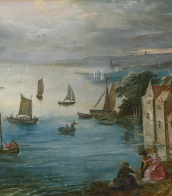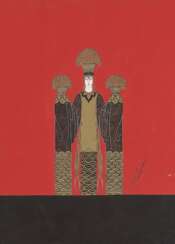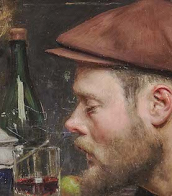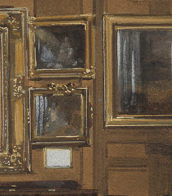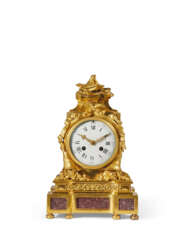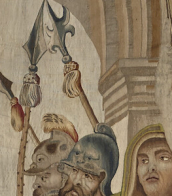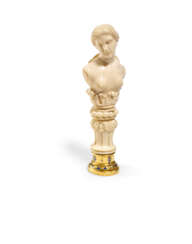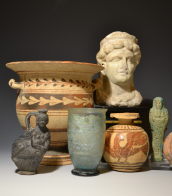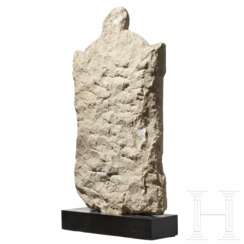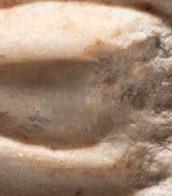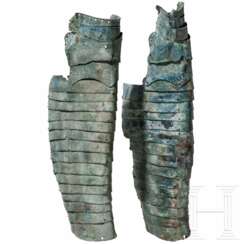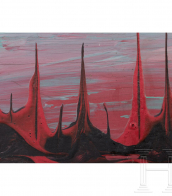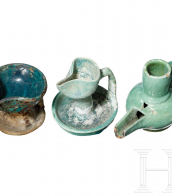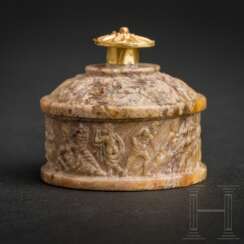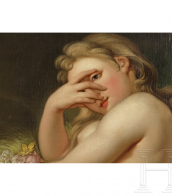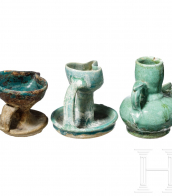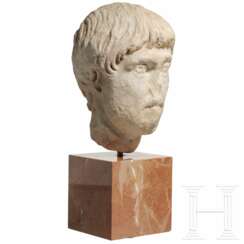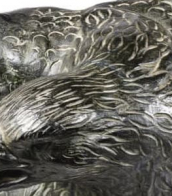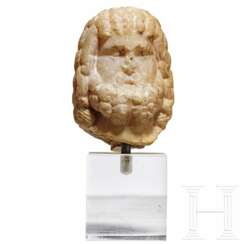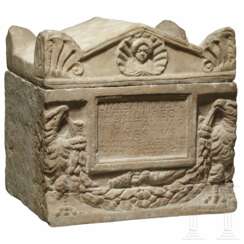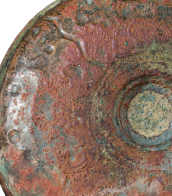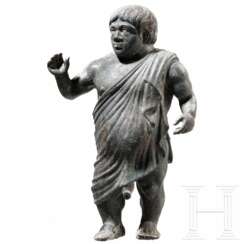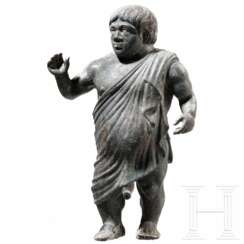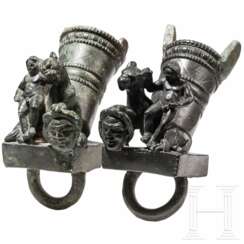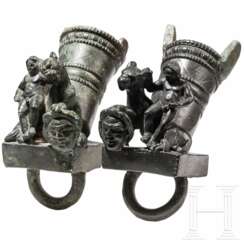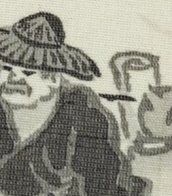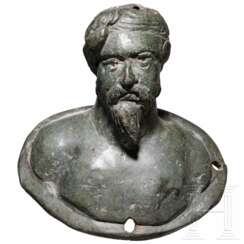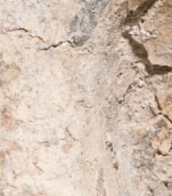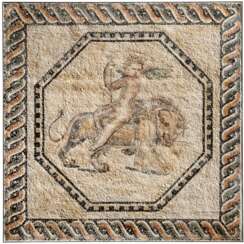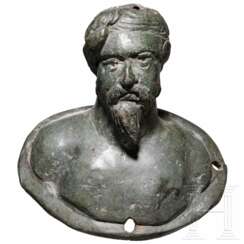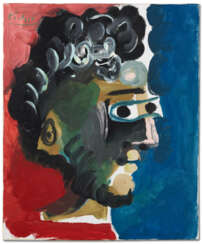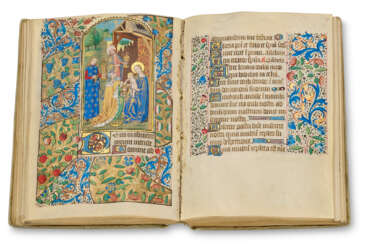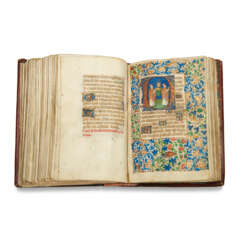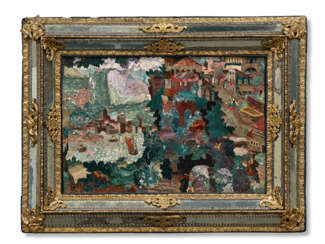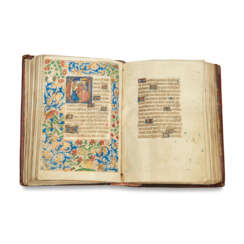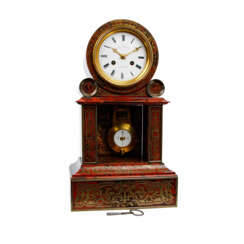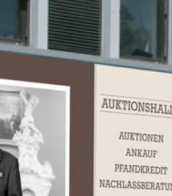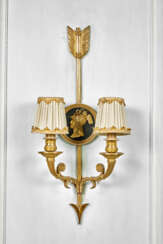style romain

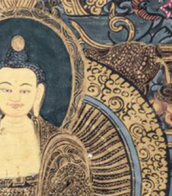

Pablo Ruiz Picasso, a Spanish artist renowned for his revolutionary contributions to the 20th-century art scene, is a figure that resonates profoundly with collectors and art experts. His unique blend of talents in painting, sculpture, printmaking, and ceramic art, infused with his time in France, positioned him as a pivotal character in modern art history.
Picasso's artistic journey was marked by distinct periods, each showcasing his evolving style and genius. His early years were characterized by the Blue Period (1901-1904), followed by the Rose Period (1904-1906), and then the African-influenced Period (1907-1909). Picasso's name is synonymous with Cubism, a movement he co-founded, which significantly altered artistic perspectives and methods. Works like "Les Demoiselles d'Avignon" (1907) and "Guernica" (1937) are emblematic of his cubist legacy, the latter being a poignant anti-war statement that remains influential.
His later years saw a return to more traditional styles, with neoclassical and surrealist influences becoming evident. Works from these phases reflect a deep engagement with mythological themes, as seen in "Faun with Stars" (1955), symbolizing his late-life romance with Jacqueline Roque, his second wife.
Picasso's prolific output and innovative spirit made him a legend in his own time, a status that only grew after his death. His works, housed in major museums and private collections worldwide, continue to captivate and inspire.
As a collector or expert in art and antiques, staying informed about Picasso's works, their auction events, and sales is essential. To stay updated on the latest developments and opportunities related to Pablo Picasso, sign up for our specialized updates. Rest assured, this subscription will focus solely on new product sales and auction events pertaining to Picasso's art, ensuring that you receive only the most relevant and valuable information.


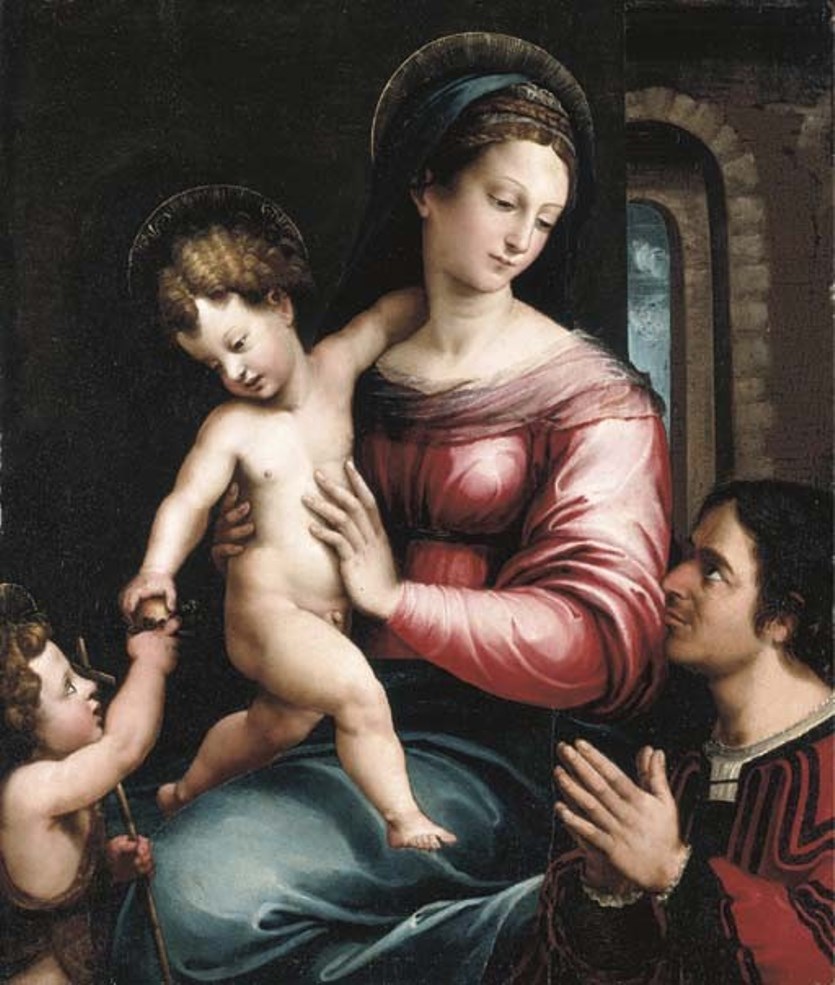
Luca Penni was an Italian painter, draughtsman and printmaker, nicknamed Romano (Roman).
Luca was the younger brother of Raphael's first assistant, Giovanni Francesco Penni (1488/1496-1528), and must have originally studied under his brother in the environment of Raphael's studio. After Raphael's death, Luca worked in Genoa, then traveled to England, in the service of King Henry VIII, before leaving for France around 1530.
At Fontainebleau, together with French painters, Penni worked on the decoration of the royal palace and became one of the most respected artists there. His work had a marked influence on sixteenth-century French painting and was reproduced by Italian engravers. Penni also produced many designs for engravers including Leon Davent, Etienne Delon and Giorgio Ghisi, as well as for tapestries and stained glass.
The work of the first generation of Italian masters in France, mostly pupils and followers of Raphael, is called the "first school of Fontainebleau", and Luca Penni is a prominent representative of it.
